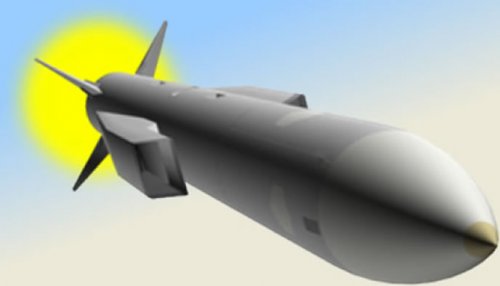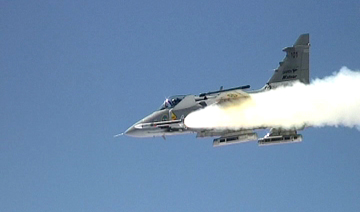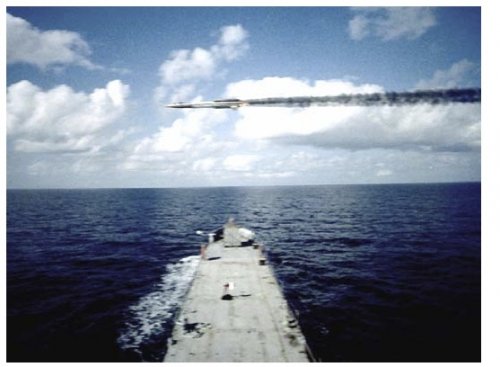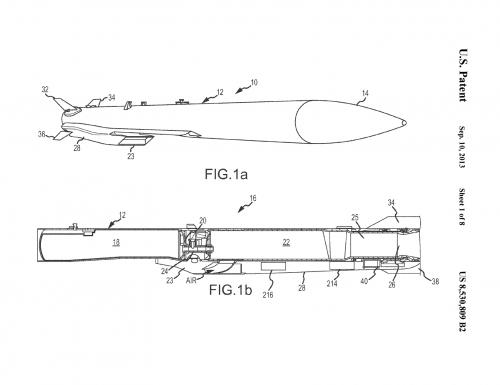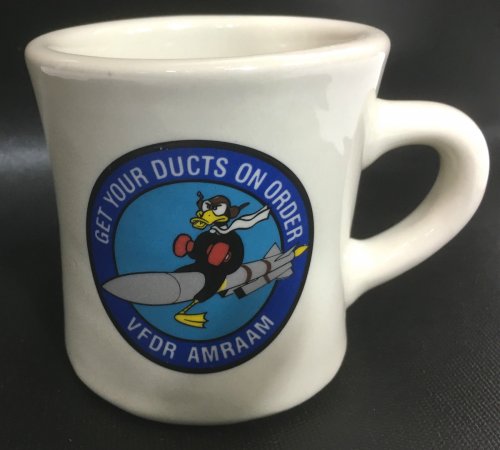- Joined
- 21 April 2009
- Messages
- 13,755
- Reaction score
- 7,694
Triple Target Terminator (T3)
Program Manager: Mr. Stephen Waller
The Triple Target Terminator (T3) program will develop a high speed, long-range missile that can engage air, cruise missile, and air defense targets. T3 would be carried internally on stealth aircraft or externally on fighters, bombers and UAVs. The enabling technologies are: propulsion, multi-mode seekers, data links, digital guidance and control, and advanced warheads. T3 would allow any aircraft to rapidly switch between air-to-air and air-to-surface capabilities. T3's speed, maneuverability, and network-centric capabilities would significantly improve U.S. aircraft survivability and increase the number and variety of targets that could be destroyed on each sortie.
----------------------------------------------------------
To me the real interesting part is that it would be placed on bombers for self defense. Along with discussion of possible directed energy self defense solutions for bombers is this a tacit admission that modern and future integrated air defense networks will be too difficult to penetrate OR that the level of stealth on the next generation of bombers will not be enough to penetrate these defenses. Of course current bombers, I imagine, can be retrofitted because the B-1 and B-52 are vulnerable to modern air defenses.
Program Manager: Mr. Stephen Waller
The Triple Target Terminator (T3) program will develop a high speed, long-range missile that can engage air, cruise missile, and air defense targets. T3 would be carried internally on stealth aircraft or externally on fighters, bombers and UAVs. The enabling technologies are: propulsion, multi-mode seekers, data links, digital guidance and control, and advanced warheads. T3 would allow any aircraft to rapidly switch between air-to-air and air-to-surface capabilities. T3's speed, maneuverability, and network-centric capabilities would significantly improve U.S. aircraft survivability and increase the number and variety of targets that could be destroyed on each sortie.
----------------------------------------------------------
To me the real interesting part is that it would be placed on bombers for self defense. Along with discussion of possible directed energy self defense solutions for bombers is this a tacit admission that modern and future integrated air defense networks will be too difficult to penetrate OR that the level of stealth on the next generation of bombers will not be enough to penetrate these defenses. Of course current bombers, I imagine, can be retrofitted because the B-1 and B-52 are vulnerable to modern air defenses.

